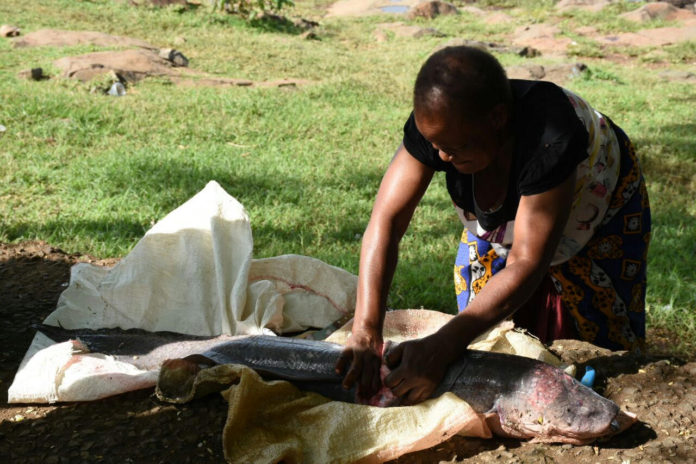|
Getting your Trinity Audio player ready...
|
By Mary Mwendwa
George Onyango is a fisherman at Dunga Beach on Lake Victoria in Kisumu County west of Nairobi Kenya’s capital.
He has been fishing for over fifteen years now. At 56, with a family of seven children, he can barely make enough income from fish sales unlike before.
“I used to make a lot of money from fish, I could make up to 200 dollars a day because fish was in plenty. Nowadays things have changed. I am never assured of a good catch in the lake. Fish have been declining in recent times and that is a big worry to us as fishermen, we will have no livelihood .” laments Onyango.
Water hyacinth, an invasive free-floating aquatic plant in Lake Victoria has been his source of tribulations.
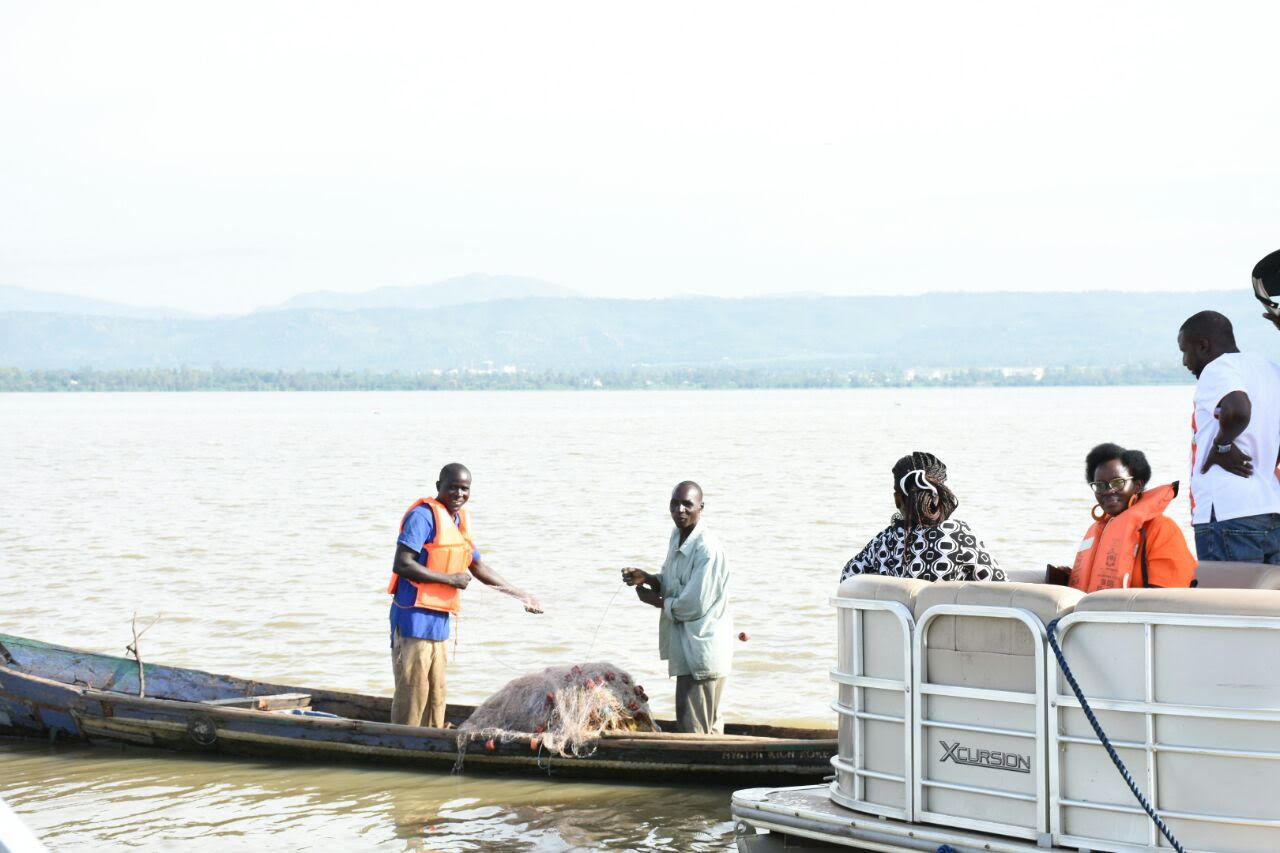
According to a fact sheet on Lake Victoria shows the largest lake in Africa and chief reservoir of River Nile covers a total area of 251,000km squared including the upstream of River Nile Basin where it is shared among 5 countries of East Africa. The facts show that Tanzania covers the largest part of the basin at 44%, followed by Kenya at 22%, Uganda 16%, Rwanda 11% and Burundi at 7%. While the shoreline of Lake Victoria is shared only by 3 countries with Tanzania at 51%, Uganda 43%, and Kenya at 6%.
The Lake is seismic in its use by the people living around it including in agricultural activities, domestic water supplies, hydropower, fishing, and tourism. But this is drastically changing.
“Fishing has been my only occupation. I inherited it from my father who was a great fisherman several years ago. During those days there was plenty of fish and there was nothing like water hyacinth,” narrates Onyango who stresses how things have changed.
There are days when Onyango goes fishing and gets completely nothing. But some years back before water hyacinth invaded this part of the lake, nothing of the sort was heard of.
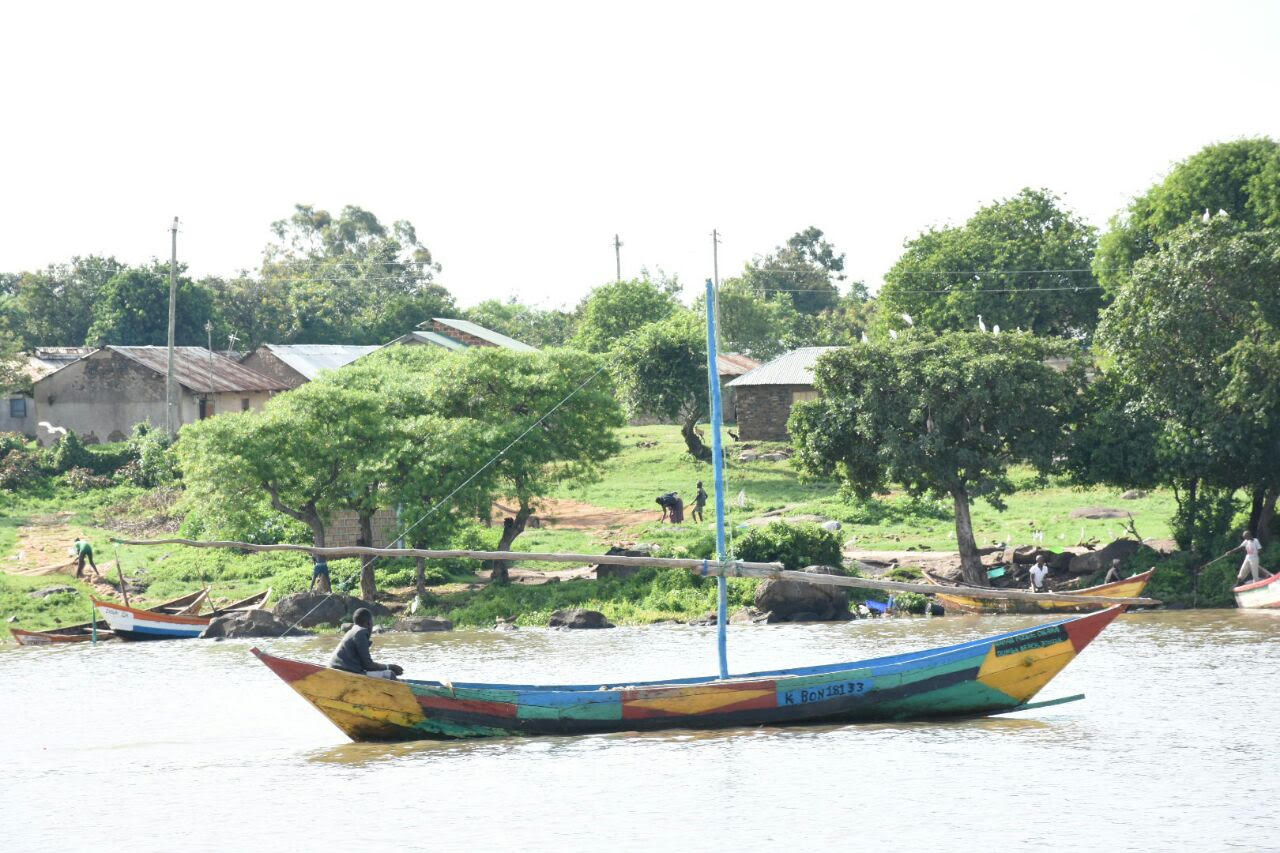
Water hyacinth has been cited among the major contributors to the destruction of the Lake’s ecosystem. Others include pollution, changing climate patterns and unsustainable methods of fishing.
“The hyacinth is just killing us slowly. At times it goes and comes back with a bang. It is not possible to sail a boat through it” laments Onyango.
Onyango owns five boats which he uses to fish tilapia and Nile perch fish in Lake victoria. And at times hires out these boats.
Michael Odunga owns boats as well. He is also a well-known fisherman in the region. He also testifies about how things have turned hard on the only trade he has known since he was a teenager.
“When I dropped out of school in class eight because I knew fishing was lucrative and could earn me a decent living.”
He says when he started fishing ten years ago, there was enough catch in the lake.
,“I could fish, sell and make enough money and also save for future use” Odunga says,
“Now, I cannot even save. There are days I come out with nothing from the lake apart from sardines popularly known as Omena” he adds .
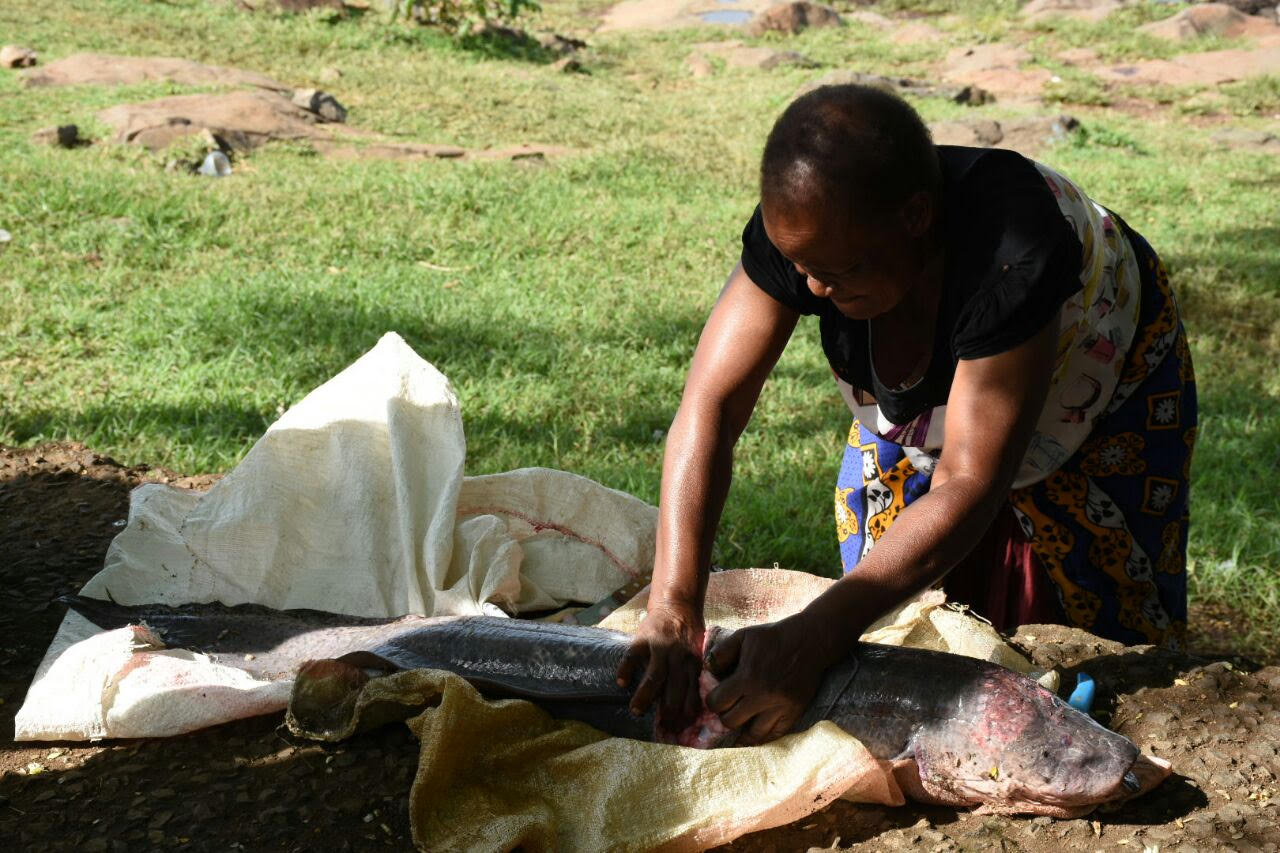
“The once spectacular second largest freshwater lake is on its deathbed and Odunga believes that “If there is no urgent government intervention, then we might as well bid it goodbye.”, laments Odunga .
For instance, as you approach Kisumu, it is difficult to tell where the landmass ends and the lake begins. What you see, is a large mass of green vegetation running into hundreds of hectares.
Operations at the Kisumu port regularly come to an abrupt standstill as the once busy port is completely blocked by the green water weed. Several ships and other big water vessels that used to operate on Lake Victoria waters can be spotted grounded.
Such scenes no longer give hope to fishermen like Odunga who once had hopes of surviving on the ecosystem. .
Casianes Olilo, a Research Scientist at Kenya Marine and Fisheries Research Institute ( KMFRI ) ,says “Increased human population, poverty, nutrition deficiency, food insecurity and scarcity and famine have led to overexploitation of fish resources threaten the biodiversity of Lake Victoria.”
He also notes that invasion of alien species such as Nile perch, Nile Tilapia, and water hyacinth has changed the ecosystem services drastically in the lake including food web.
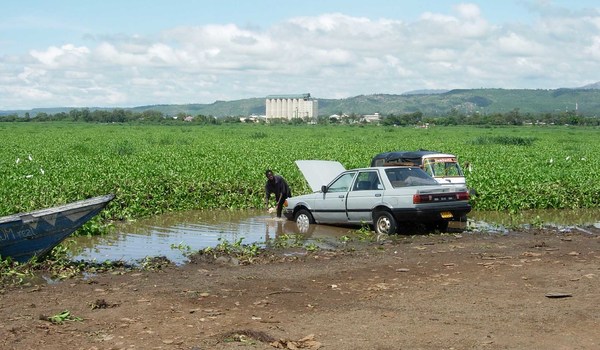
Olilo notes with concern that water hyacinth has brought devastating effects to the lake.
“The life cycle of fish (eggs, larvae, juvenile and adults) in the water hyacinth bed is interfered with when the raging southeasterly wind moves hyacinth floating islands in the lake.
The hyacinth mat destroys the life cycle of fish and spreads fish diseases under anoxic conditions. The fish also get bruised coupled with poor water quality; water hyacinth mat provides a favourable environment for the spread of fish infectious diseases in the lake,” narrates Olilo.
He also says other threats like pollution, poor fishing gears, illegal fishing and food insecurity among others have contributed largely to the decline of fish in Lake Victoria .
KIMFRI scientists have recommended both biological, chemical and physical removal of the water hyacinth to restore the lake .
For instance the use of beetles to control the spread of water hyacinth has been the center of research since water hyacinth menace started to be felt in Lake Victoria in the early 1990s.
“The use of beetles is safe and not harmful. The beetle feeds on the stalk of the weed, thus cutting water movement to the leaf and photosynthesized nutrients movement to the root from the leaf “. Olilo confirms.
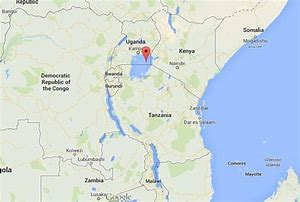
Kenya’s wetland policy recognizes wetlands as highly vulnerable to alien and potentially invasive species .
It points out that many wetlands, Lake Victoria included have in the past been affected by the introduction of alien and invasive species like water hyacinth that have altered the biodiversity and diminished the services provided by wetlands, a good example is fishing .
This report on Water Hyacinth in Lake Victoria by Mary Mwendwa was made possible thanks to support from InfoNile and Code for Africa.

